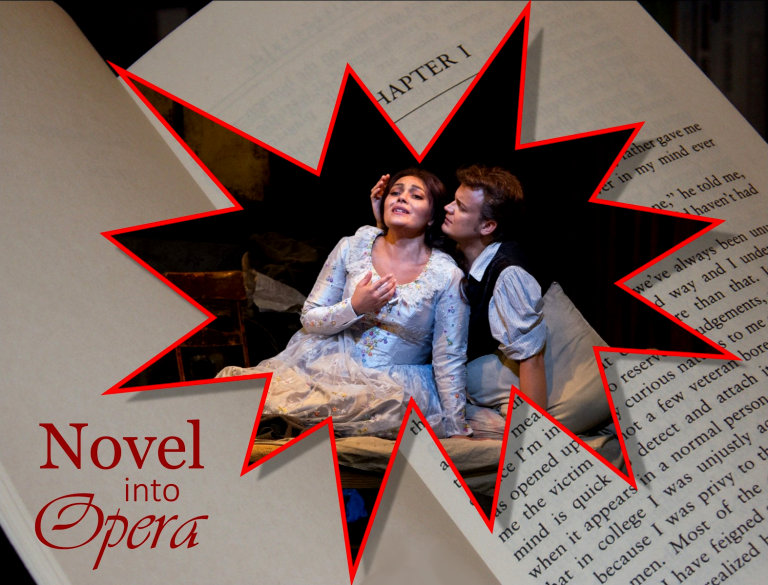| Handout (flat) Handout (folded) Class Script | Return to Index |
There are more than the usual number of HANDOUTS this week, mainly because I can speak with some authority about the genesis of my own work. Of the three on Roman Fever, the most useful is likely to be the Synopses handout, which explains the differences in form between the story and the opera.
The OPERAS are a different story. For The Joy that Kills, I have only a poor-quality sound recording and no video. The South Carolina PBS performance of Roman Fever that I showed is avalable from the publishers, but may not be posted on YouTube. Instead, I include links to a performance at Hunter College, sung by fine student performers, albeit in a low-budget production with murky video.
FILMS and video adaptations of the original stories are plentiful. Most, however, are student projects with limited time and resources. I include links to the three best: the short Toby Nies adaptation of The Story of an Hour and the splendid Derek Coutts film of Roman Fever, both of which we sampled in class. I also include a link to an hour-long version of the Chopin by Tina Rathbone, that expands the story to show the marriage of Louise and Brently Mallard (restrictive, but not unusual for its period) from which she is only too glad to escape; I recommend it.
| HANDOUTS | |||
| The Story of an Hour |
Original text Brunyate libretto |
||
| Roman Fever |
Original text Synopses (compares the story and the opera) Text changes (RW's changes to the libretto) Alida's aria (first and final versions) |
||
| CHOPIN | |||
| Benjamin: The Joy that Kills | Premiere performance, 1998 (audio with text) | ||
| Film adaptations |
Toby Nies
(6 minutes) Tina Rathbone (60 minutes) |
||
| WHARTON | |||
| Ward: Roman Fever |
Opening
(Hunter College performance) Middle (as above) End (as above) |
||
| Film by Derek Coutts | Complete film (24 minutes) | ||
| IMAGES | |||||
| The thumbnails below cover the slides shown in class. Click the
thumbnail to see a larger image. Click on the right or left of the larger picture to go forward or back, or outside it to close. |
|||||
 |  |  | |||
 |  |  | |||
